In the pursuit of a sustainable future, renewable energy projects across the globe are pushing the boundaries of technology, innovation, and environmental responsibility. These pioneering ventures are paving the way for cleaner energy solutions, addressing climate change, and reducing our dependence on fossil fuels. In this article, we explore some of the most groundbreaking renewable energy projects that are shaping the future of energy.
Floating Solar Farms
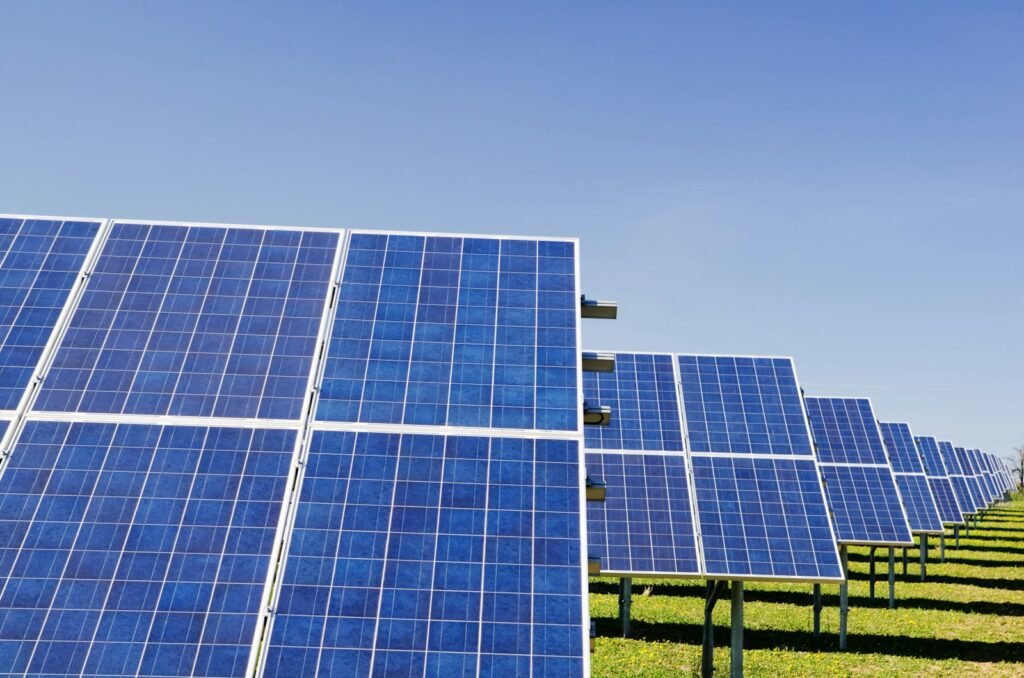
Floating solar farms are a brilliant innovation harnessing solar power without using valuable land resources. Countries like China and Japan have implemented these systems by installing solar panels on reservoirs, lakes, and other bodies of water. The floating structures reduce water evaporation, minimize algae growth by shading the water, and optimize the panels by keeping them cool. This dual-benefit approach marks a significant step forward in solar technology, offering a feasible option for densely populated regions.
Wind Power in the North Sea

The North Sea is home to some of the largest offshore wind farms, such as the Hornsea Project in the United Kingdom. These colossal wind farms utilize strong and consistent sea winds to generate clean electricity on a massive scale. They offer a crucial advantage over land-based turbines due to stronger and more reliable wind patterns over open waters, leading to higher energy output. This initiative reflects a promising stride towards achieving large-scale, emission-free energy production.
Geothermal Plants in Iceland
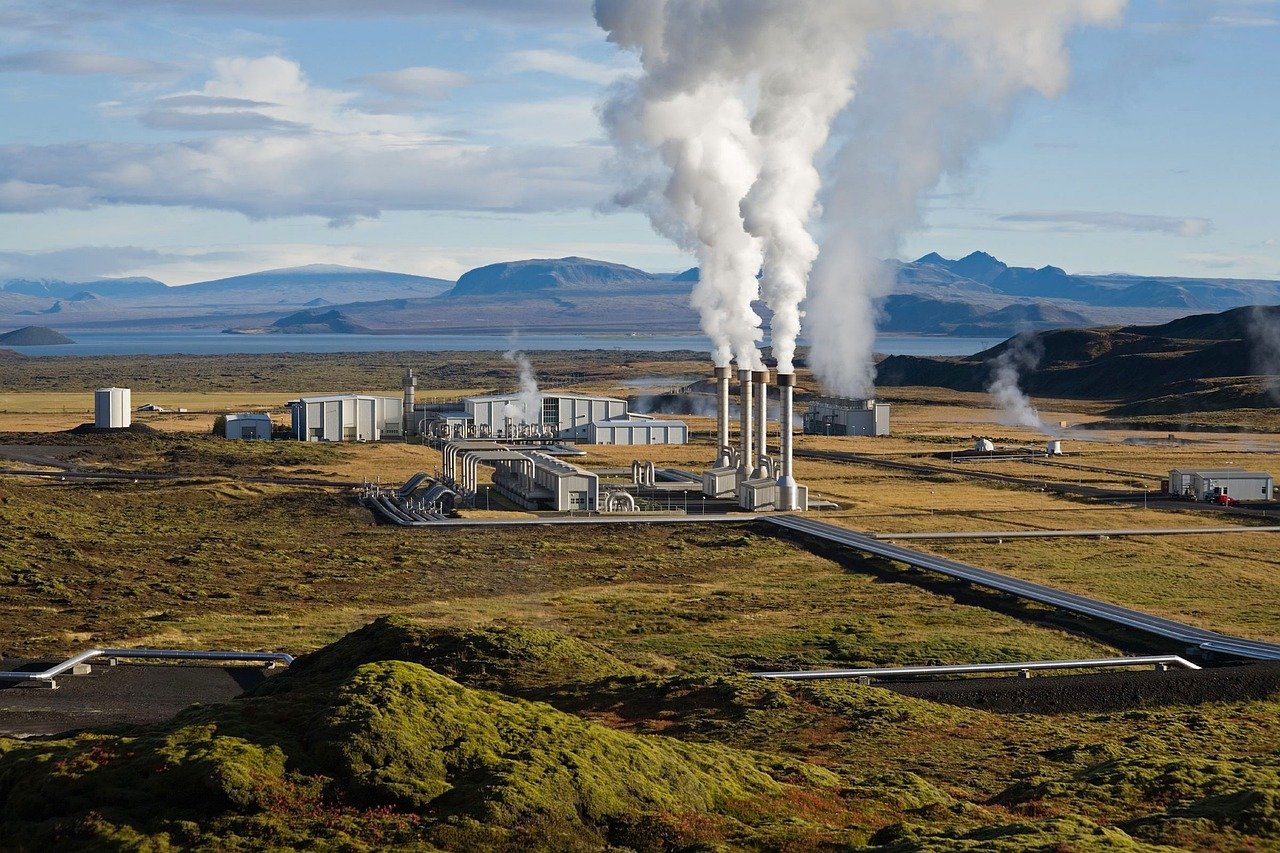
Iceland’s unique geography allows it to capitalize on geothermal energy efficiently. The Hellisheiði Power Station is one of the world’s largest geothermal plants, providing a substantial portion of the country’s energy needs. By tapping into the Earth’s internal heat, geothermal plants offer a stable and sustainable energy source. Iceland’s achievements in this area highlight the potential of geothermal energy to provide base-load power and reduce reliance on fossil fuels.
Bioenergy Villages in Germany

German bioenergy villages showcase how communities can harness local resources and technology for renewable power. These villages use biomass, including agricultural waste and wood chips, to generate electricity and heat. By converting what would otherwise be waste into valuable energy, these projects underscore the importance of community-driven sustainability. They serve as an inspirational model for rural areas worldwide to achieve energy independence and cut carbon emissions.
Tidal Energy Projects in Scotland
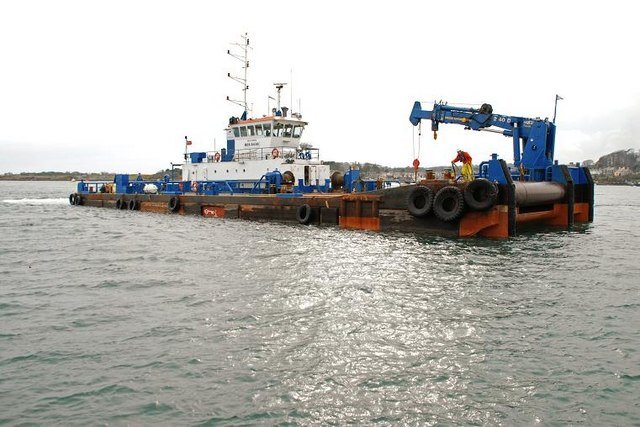
Scotland is on the forefront of tidal energy development, with projects like MeyGen leading the charge. Tidal energy harnesses the power of ocean tides, a reliable and predictable renewable resource. MeyGen is one of the world’s largest tidal stream projects, demonstrating how marine environments can be tapped for green energy. The ongoing success of tidal projects in Scotland showcases the untapped potential of our oceans in global energy portfolios.
Solar Desalination in the Middle East

Countries in the Middle East are harnessing the sun’s energy to address water scarcity while generating power. Solar-powered desalination plants convert seawater into freshwater, vital in arid regions. This initiative not only provides a sustainable water supply but also represents a significant step in integrating renewable energy for essential services. It’s an ingenious solution to the twin challenges of water and energy needs in some of the world’s hottest climates.
Biogas Facilities in India

In India, biogas facilities are transforming organic waste from farmland and households into valuable energy. These small, decentralized plants convert cow dung, agricultural residues, and kitchen waste into biogas, which can be used for cooking, lighting, and electricity generation. This clean energy solution reduces greenhouse gas emissions and provides a sustainable energy source for rural communities, demonstrating a practical application of circular economy principles.
Hydrogen Fuel Projects in Japan

Japan is at the forefront of hydrogen energy development, seeing it as a key player in their renewable strategy. The Fukushima Hydrogen Energy Research Field (FH2R) is one of the largest hydrogen production plants globally, producing hydrogen through renewable energy sources like solar panels. This renewable hydrogen can store energy for mobile and stationary applications, offering a clean alternative to traditional fossil fuels and helping to stabilize power grids.
Solar Skyscrapers in the United States

Solar skyscrapers are revolutionizing the urban landscape in the United States by integrating photovoltaic panels into the architectural design of buildings. This innovation turns high-rise buildings into vertical solar farms, which generate clean energy for their operations. An example is the PNC Tower in Pittsburgh, which features an eco-friendly design that includes a double-skin façade helping reduce energy demands. Solar-integrated construction demonstrates a compelling path toward net-zero commercial buildings.
Renewable Energy Islands in Denmark
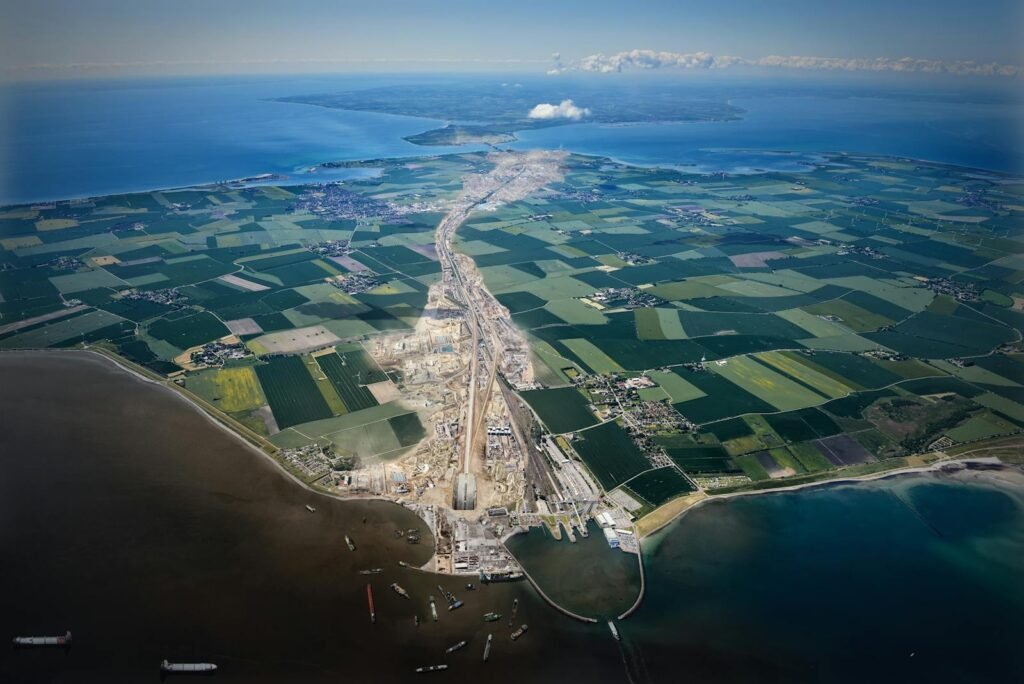
Denmark’s wind-powered energy islands are an ambitious endeavor to consolidate renewable energy sources and storage in one location. These artificial islands will serve as hubs that connect offshore wind farms with national grids, enhancing the energy distribution and storage capabilities. By pioneering such innovative infrastructure, Denmark is setting new standards for integrated, large-scale renewable energy systems.
Conclusion
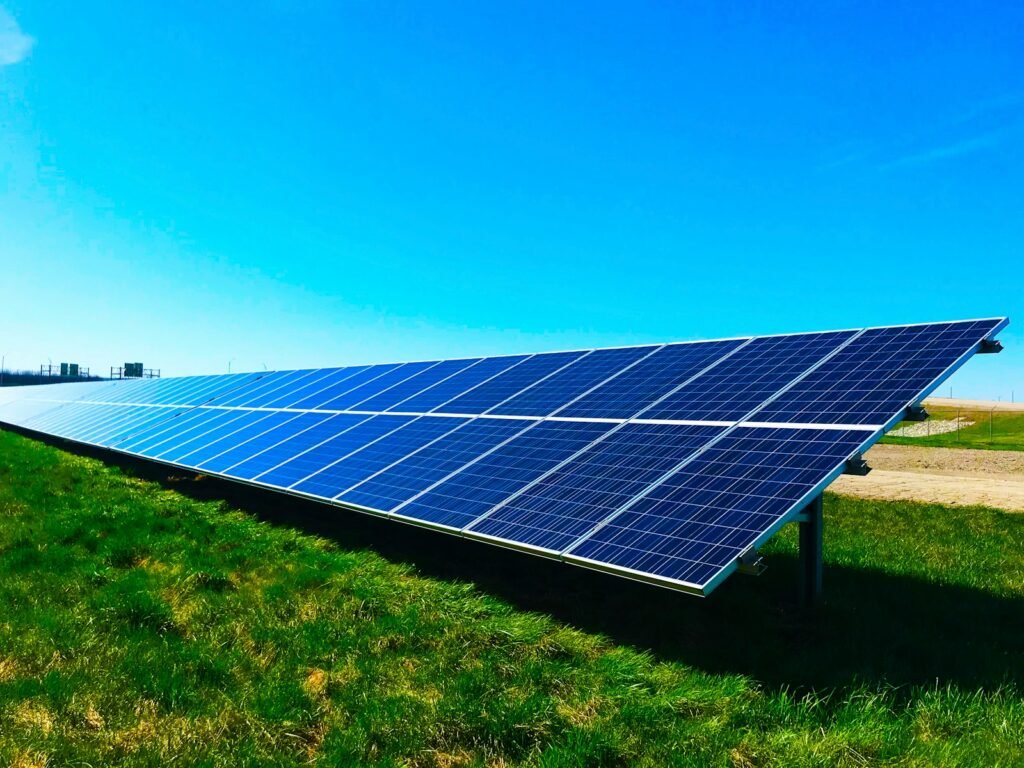
In conclusion, the global push toward innovative renewable energy projects exemplifies humanity’s commitment to a sustainable future. These projects show diverse ways to harness natural resources a and provide practical, scalable solutions to energy needs. From the solar farms in Asia and the tidal energy projects in Europe to bioenergy villages in Germany and hydrogen initiatives in Japan, the drive for clean, efficient energy continues to inspire innovation and reshape our planet’s energy landscape. As these technologies advance, they offer hope and direction for a world rapidly transitioning to a renewable energy-driven economy.




